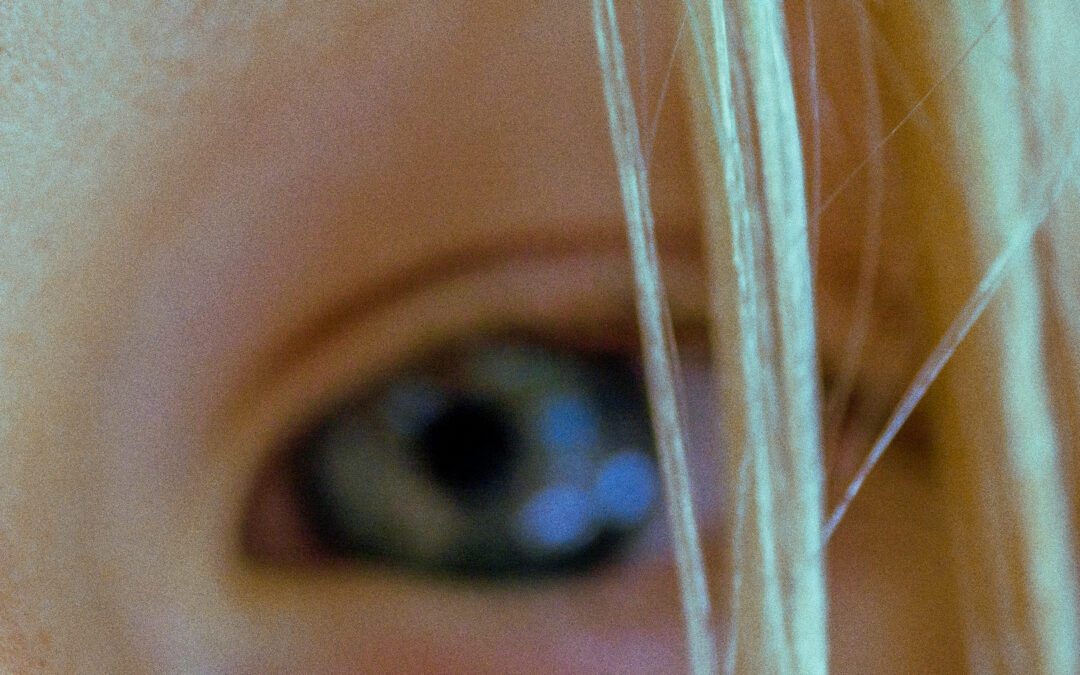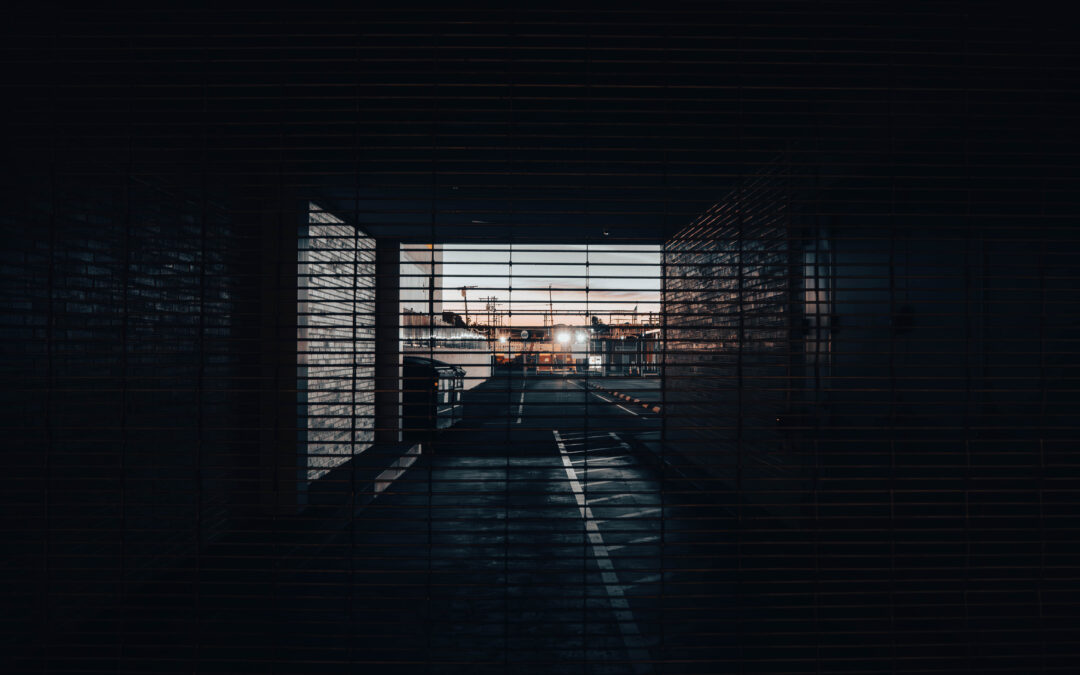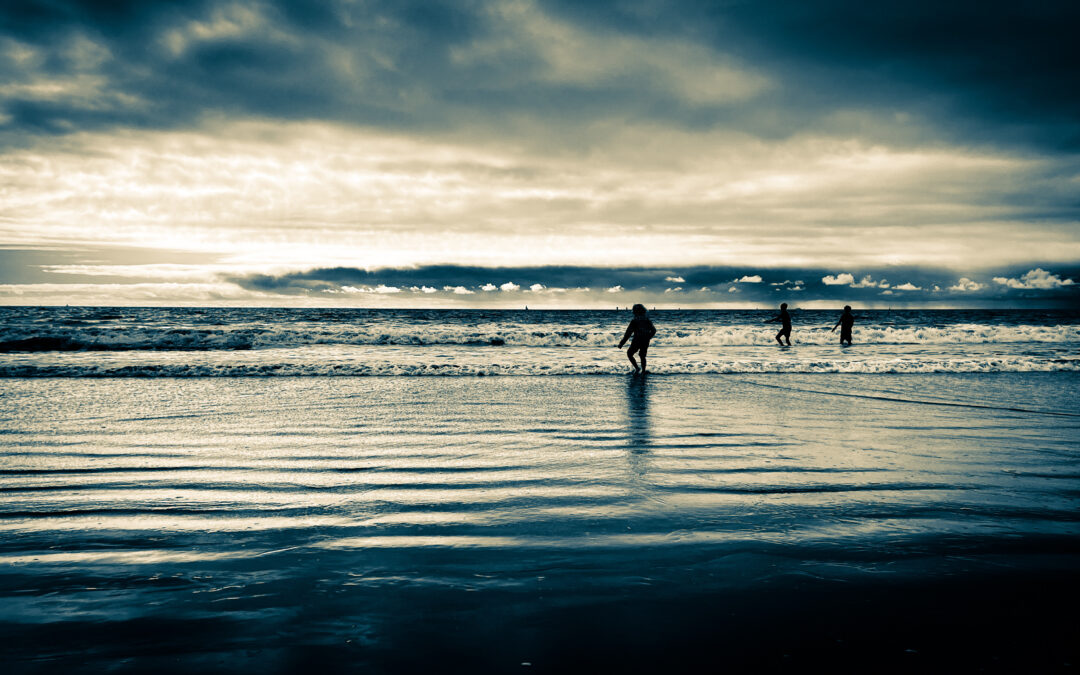Inspiration is an often talked-about phenomenon crucial to any exceptional creative enterprise. Beyond a basic dictionary definition, it can be difficult to elucidate and conceptualize, its objective qualities muddied by the experiences of divergent personalities in diverging fields–from science to business to the arts and beyond; not to mention the inherent complexities of individual temperament, inclination and personal taste. As such, there really are no objective qualities to the inspired state, which is so frequently invoked within the cultural landscape that it is now in danger of losing any concrete meaning, in many cases described only vaguely and with much conflation and interchangeability of terms. In this post, I offer a brief summary of inspiration as I have experienced it, aiming to provoke thought rather than inspire certainty.
In essence, inspiration constitutes a thought-state in which the creator can see their destination clearly, and is confident about the path ahead. They not only have plenty of “big ideas,” the kind that shape a coherent artistic vision, but are also able to conceive the sequence of smaller steps that will make their implementation possible. In a state of inspiration, every element of the creative process flows at once and in the same direction–towards the same singular vision, which is a unique extension of the artist’s consciousness or subconsciousness. They know what tools to use and how to use them; words fall easily into place, colors cohere, and once disparate notes harmonize in exactly the ways in which the creator imagined. To create exceptional work, an artist must learn to direct and modulate bursts of inspired energy, molding them to the particular contours of their particular project. Unless harnessed to precipitate an inspired state, hard work, talent and dedication will only take one so far.
By nature, inspiration is difficult to predict and impossible to command. It comes in brief but intense bursts, usually for reasons the artist cannot understand. In some mediums, poetry for example, or certain forms of drawing, song-writing or painting, the work can be completed during a single sustained period of inspiration, in a few hours or so, for example. However, even quickly-composed pieces usually require time to settle, and a period of extensive editing and revision, which may not allow for an additional burst of inspiration. In a broader context, such as the composition of an album, collection or gallery show, the artist will almost certainly require additional time to integrate all of their project’s constituent parts, creating a coherent composite of repeating themes, motifs and overarching style–all the qualities that distinguish the exceptional from the merely good. In longer format mediums such as a novel, riding waves of inspiration from start to finish is near impossible. The artist must find ways to work around the ebb and flow of their inspired state. To complicate matters further, the dynamics of inspiration vary dramatically from person to person, emerging from an essentially indecipherable interplay of personality, temperament, experience, study, dedication and emotion. With so much majesty, mystery and caprice, the laws governing the rhythms of inspiration can prove baffling to study and agonizing to work with. You can’t trigger, buy or barter for inspiration.
Yet, you can’t wait for it, either, can’t simply cross your fingers and hope tomorrow will be the day. Many a cycle of procrastination has emerged from the artist failing to feel inspired enough, frequently enough. This can prove the end of even a talented individual’s creative journey, as they come to mistake their lack of immediate inspiration for indifference or disinterest, for a lack of talent or passion. You cannot wait. If you work only when inspired, you’re in danger of going weeks, months or years without producing anything, without moving a project forward even incrementally. In my own often bitter experience this has meant losing the thread of a current project completely so that when inspiration finally does return, and I sit down to work again, my efforts end up re or misdirected, set off along dead end avenues or towards another destination entirely. This is a great way to amass a body of work that’s little more than a collection of dazzling fragments, parts of projects (usually beginnings), which go nowhere and mean nothing, although piece-by-piece they might be quite pretty.
When inspiration isn’t immediately available, you have to call for it, seek it out–coax it from the mysterious crooks and corners in which it likes to hide. For some, this is an almost mystical process, requiring meditation and sound baths and god-knows what else. For me, it’s as simple as working anyway, working no matter what. You show up at your desk or easel, or whichever other tool you happen to use, and you begin to create something. Hell, just go through the motions if you have to; just act as if. Do this for long enough, and inspiration inevitably returns. You’ll turn over the right rock, or locate the weakest part of the walls around your vision. You just have to be patient and consistent, committing to a practice of dedication, discipline and relentless vigilance. Inspiration emerges, or reemerges, from trial and error, from failure after failure. You must struggle through the hardest stages of the project when everything is ugly and nothing coheres. Things are not so ugly as you think, but for periods it will seem so.
Needless to say, this process can be agonizing. Inspiration won’t be rushed. It won’t explain itself, or relinquish its secrets. In the absence of an inspired state, self-doubt can easily step in to fill the vacuum. Fear takes over, and all sense of meaning and unity dissolves into frustration, leaving you with a terrible sense of isolation and loneliness, as if you are the only living speaker of a language nobody else understands. You cannot find a way to say what you need to say. For an artist, this kind of creative impotence is devastating. Of course, the nadir of most processes do not typically assume such drastic proportions, and more often than not the experience is one of slow, steady drudgery, of a chore or task you simply don’t want to do.
These periods of frustration and doubt are the inevitable lot of any active artist. To overcome them is to distinguish yourself as a working creative, to prove, if only to yourself, that you mean business. And while there is no quick fix for the problem, an attitude of persistence and tenacity will almost always ensure that the project survives. Working through uninspired periods becomes a skill in itself, something that you can hone and develop as part of your evolving creative process. With consistent effort, you will be able to better predict the ebb and flow of your own inspiration, coming to an advanced (although still incomplete) understanding of the forces that drive it. You will be able to identify those behaviors and conditions that nurture an inspired state, and those which are likely to prevent it. You will develop a potent guiding instinct, an abstract but powerful sense of creative direction, which ultimately becomes a facet of your personal style. This is intuition, not science. No book, blog post or video tutorial can teach you this skill. There are no cheat codes or fashionable hacks. Be wary of anyone who promises such things, for so-called shortcuts (Write a Bestseller in Thirty Days!) inevitably lead to the derivative and unremarkable. The mysteries of inspiration are particular to each individual, and only that individual can master them.
Mere competency is not enough.
Nowadays, I find that I am able to slip into some kind of inspired flow state for at least part of every session I commit to. Sometimes, this necessitates sitting through an hour or so of discomfort. Sometimes the necessary flow rushes around me as soon as I begin. Yet, even if several sessions go by before I finally find the right notes, I know by now that I am not merely banging my head against the wall. I know that I am slowly and surely cultivating an inspired environment, steadily building up to a cathartic moment of uninhibited expression. It will come. This is the faith required of any artist, an unshakable belief that there is something worth expressing somewhere within them, an energy beyond their control and comprehension.
As with any faith, the artist’s will be tested again and again, assailed on all sides by the opinions of others in a system that prizes instant, abundant mediocrity over a patient, singular vision. That inspired work should require time and effort to coax out is anathema to our culture of efficiency and productivity, to a society driven by schedules and bullet point plans. Every piece of the mechanism around us is designed to move energy effortlessly and lifelessly towards a single goal: to produce, sell and consume at the fastest possible rate. Art doesn’t work that way.
As I’ve said, the processes and patterns that govern inspiration will vary from person to person, but there are surely overlapping tendencies, and some people are more alike than others. Besides, disciplined consistent practice, it is imperative that you study the work of other artists, both within and without your discipline. Study philosophy. Study history. Immerse yourself in science. Bonus points for engaging with content typically outside of your comfort zone. You are not looking for complete solutions, but for tools to add to your kit, lines of inquiry and experimentation that might suit your particular situation. Let other people’s life and work guide, but not prescribe. Here are some other ways I’ve found to cultivate my own inspired state.
- Free-writing and unstructured note-taking; writing out ideas in no particular order and without a preconceived plan; experimenting with free association. Even if I never look at these notes again, I find they might subtly dislodge certain blocks in my subconscious.
- Consuming other art. I mentioned this above, but it bears repeating. Engage with your favorite work. Remind yourself why the hell you’re doing this in the first place.
- Music: perhaps the most powerful tool I have. For me, no other artform operates on a level so close to pure inspiration, abstract and beyond reason. I make playlists for projects, characters, scenes–whatever. Then I listen.
- Taking a break. Working hard is essential, but so is working smart. You’ll accomplish nothing by pushing yourself to breaking point or beyond. There will come a time when staring at your materials or fiddling with what you’ve already produced will provide diminishing returns, even if you haven’t yet met the daily goals your discipline demands. Your mind needs time to settle. The rest of your body needs to recharge. Once you’ve immersed yourself in a project for enough time, your subconscious will begin to work on it even when your conscious attention is elsewhere. Give it an opportunity to do its thing. Take up another activity. Sleep. Stare out the window. Walk. Eat. Hard work is not self-destruction, no matter how tragic and romantic that notion might seem. Inspiration needs a body, and a body needs food, water and exercise. Let the depths of your mind keep working when its surface cannot.
These are just suggestions, of course–the things I did today, which I won’t necessarily do tomorrow. They may help you. They may not. The important thing is that you are striving to create conditions favorable to an inspired mindset, and not simply waiting for it to come to you. In the end, your process will be its own kind of mystery, a puzzle unique to your mind, and which only your mind can decipher. The rewards are worth it, not only to create work you can be proud of, but to find through that same work a way to speak to others in a language beyond any rational understanding. In a state of inspiration you encounter the central paradox of creative enterprise: that by discovering something so singular that only you could have produced it, you are at the same time touching the shared substance at the heart of Everything.
In parting, here’s a little something from an artist who really, truly loved what he did:
This is ecstacy, and behind the ecstacy is something which is hard to explain. It is like a momentary vacuum into which rushes all that I love. A sense of oneness with sun and stone. A thrill of gratitude to whom it may concern–to the contrapuntal genius of human fate or to tender ghosts humoring a lucky mortal. [Nabokov, Speak Memory, 139].



